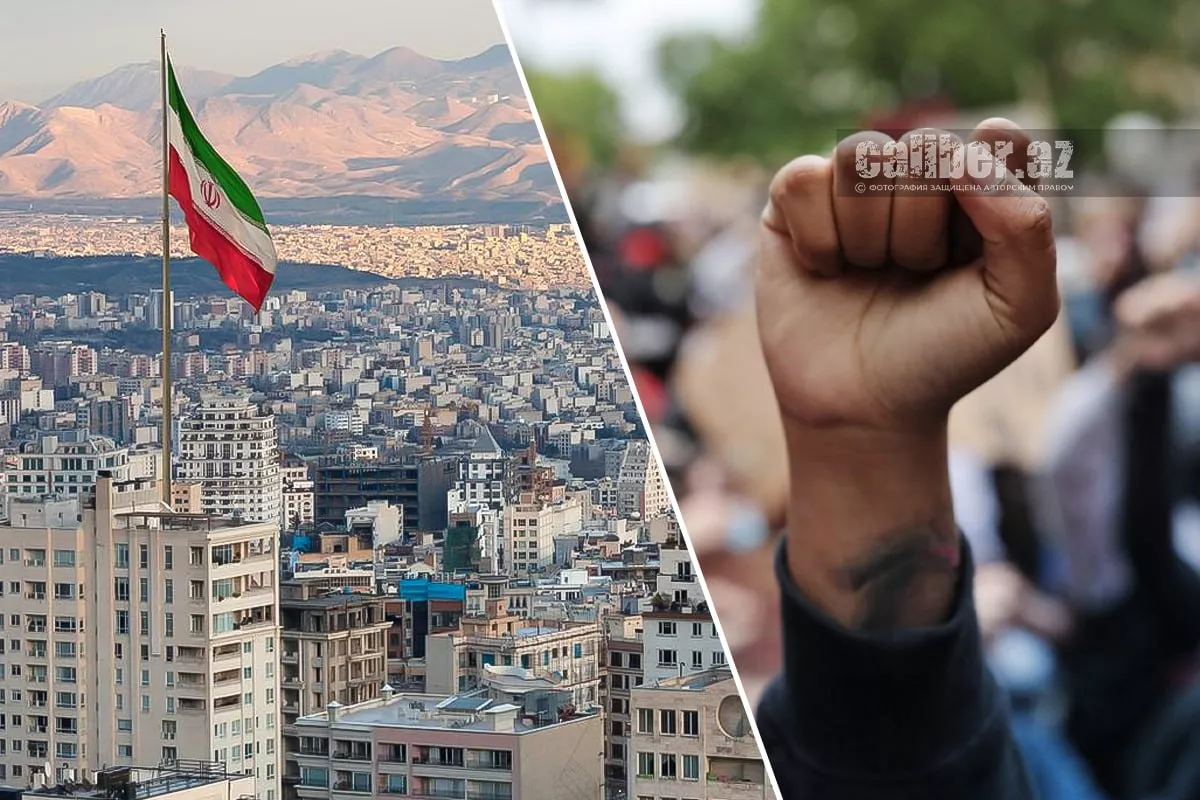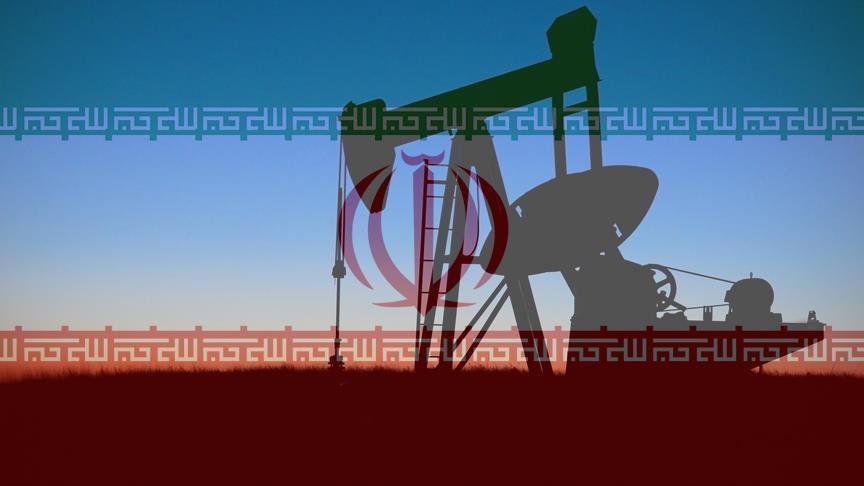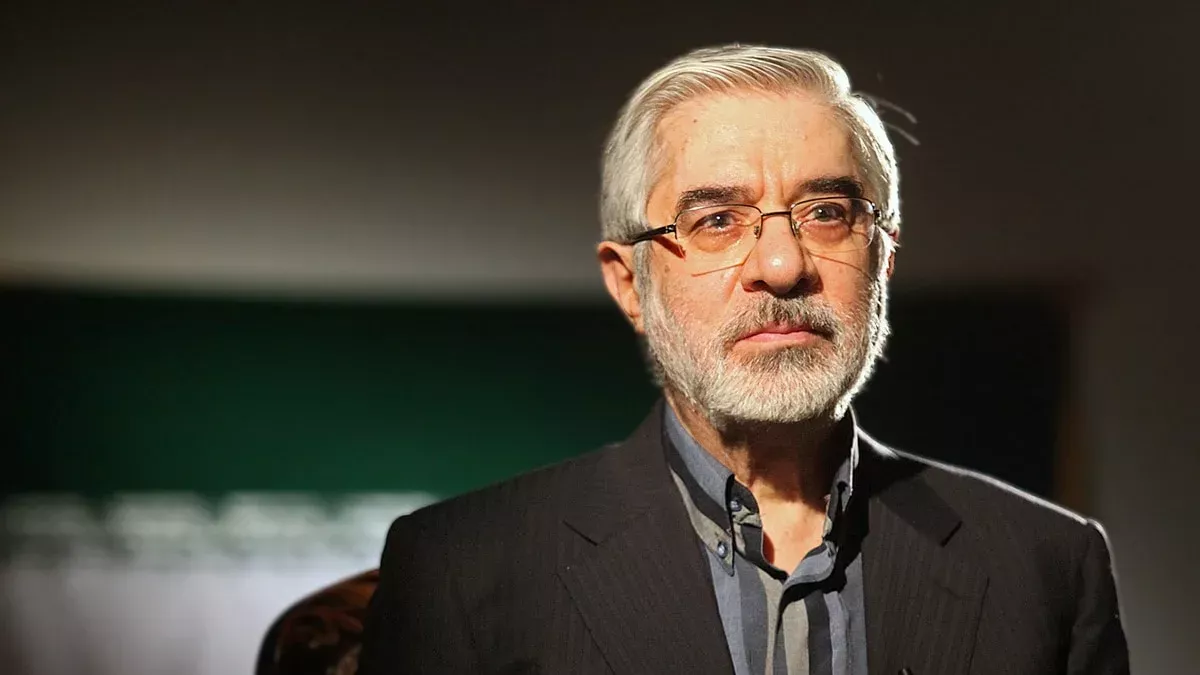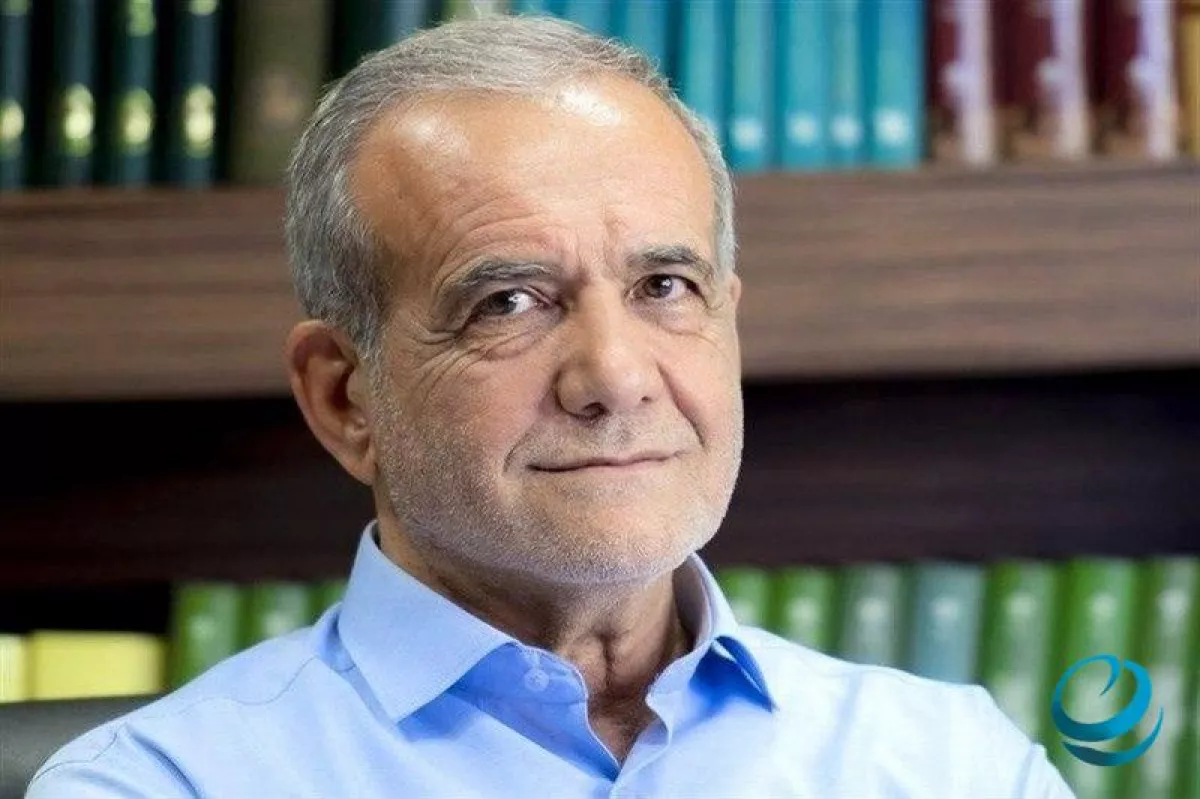Economic collapse, political struggles drive Iran toward crisis New dimensions
The Iranian people have reached a breaking point. In June, a 12-day war with Israel stunned the nation, temporarily silencing protests as citizens tried to process the chaos. But by August, tensions reignited, and demonstrations returned to the streets.
Protesters in the cities of Shiraz and Kazerun were the first to rise up, and many observers believe that larger protests could soon spread to Tehran and Isfahan. A new slogan has emerged as the rallying cry across the country: “Life, water, electricity!” These demands for basic rights have become the main priorities for the Iranian people.
In the fall of 2022, the country was shaken by the shocking incident involving the morality police, who fatally beat a young woman, Mahsa Amini, for wearing her hijab “incorrectly.”
Her death sparked nationwide protests, with hundreds of thousands of Iranians taking to the streets under the slogan “Woman, life, freedom!” The demonstrations lasted for about a year and claimed the lives of 500 people — 70 of them members of the security forces.

The summer of 2025 brought a shock of a different kind — one that may have had an even greater impact on Iranians than the 12-day war with Israel. Due to an exceptionally hot summer and poorly managed water diversion projects, the reservoirs supplying major cities nearly ran dry. Rolling water outages began in Tehran, Shiraz, and many other areas.
These disruptions only added to the country’s growing problems, as Iran was already experiencing rolling blackouts at the same time. An energy crisis in Iran might seem unthinkable, given that the country holds the second-largest proven natural gas reserves in the world. Moreover, 70–80% of Iran’s energy is generated by gas-powered plants.
Yet instead of earning hundreds of billions of dollars through gas exports and providing its own citizens with free, abundant energy, Iran entered a deep energy crisis in 2025. Energy production couldn’t meet demand, gas supplies proved insufficient, and the result was temporary shutdowns of hundreds of factories, government institutions, and even entire cities.
All of this is the result of both American sanctions, which have cut Iran off from wealthy markets, investors, and modern technologies, and the incompetent governance of the Islamic Republic's leadership. The powerful IRGC (Islamic Revolutionary Guard Corps) has taken control not only of a number of ministries and government agencies but also of many state-owned and private companies — not to mention the security forces and a 120,000-strong army, whose maintenance consumes a significant portion of resources.
Thus, the crisis — caused on one hand by American sanctions and on the other by corruption and the incompetence of decision-makers — has turned into a double catastrophe. Cities are periodically plunged into darkness while simultaneously suffering from water shortages. A new protest slogan has become a pressing necessity.
The result is a dual disaster: economic hardship worsened by corruption and poor governance. Cities are frequently plunged into darkness due to power shortages, while water scarcity affects daily life. Amid this turmoil, Iranians are left searching for a new rallying cry — a protest slogan that captures the urgency of their struggle.
In addition, waves of strikes are sweeping across the country. Rising prices have plunged the majority of the population into poverty. The collapse of the economy didn’t start yesterday, but its causes are the same — sanctions and an incompetent, corrupt system of managing major industries and infrastructure. On top of that, many enterprises have shut down due to the water and energy crisis. As a result, some groups of workers have stopped receiving their wages.

A strike by workers at the Razi petrochemical plant in the port city of Bandar-e Mahshahr has been ongoing for eleven days. The participants have stated that the protests will continue until all their demands are met, including an end to discrimination, improved benefits, and wage parity with other petrochemical facilities in the region.
Municipal workers in Bandar-e Mahshahr have also been on strike for several days after going two months without pay. On August 20, a group of municipal workers in Zahedan gathered in front of the local government building to protest five months of unpaid wages.
Such reports from Iran are now becoming a daily occurrence.
According to recent surveys published by Iranian media, a vast majority of Iranians are pessimistic about the country’s economic future. About 72% say they don’t expect any improvement in the economy this year. Meanwhile, 85% believe that Iran should work to improve relations with the West in order to lift sanctions. Along with ongoing regional conflicts, many Iranians see these sanctions as a key driver of the country’s deepening domestic crisis.
Power struggle
Amid these challenges, Iran’s political crisis has deepened. Ongoing Israeli bombings and sabotage have forced Supreme Leader Ayatollah Ali Khamenei — who wields near-absolute power — to go into hiding and limit his public appearances, fearing assassination attempts by Israel or the US. This has weakened his grip on power and shifted authority to collective bodies like the Defense Council and the Supreme National Security Council (SNSC). As a result, the country is now witnessing a fierce power struggle among competing factions.
The most prominent and influential opposition force in Iran today is known as the Reform Front. This reformist movement was founded by former President Mohammad Khatami, who won a landslide victory in the 1997 elections but faced repeated crackdowns afterward. Despite this, the movement remains a significant political presence in the country.
The Reform Front loosely includes figures such as former President Hassan Rouhani, 2009 presidential candidate Mir-Hossein Mousav — whose disputed loss to Mahmoud Ahmadinejad sparked massive protests that were brutally suppressed—and the current parliament speaker, Masoud Pezeshkian.
Notably, Pezeshkian has strong ties to regional lobby groups and openly represents the interests of Iran’s Azerbaijani-populated regions, adding a regional dimension to the movement’s political influence.
In a statement published last weekend by Hammihan Daily, a publication affiliated with the reformists, the Iranian Reform Front called on the Supreme Leader to suspend uranium enrichment (the main demand of Washington) in order to prevent a renewed conflict with the United States and to end Iran’s international isolation and sanctions. The statement also called for comprehensive negotiations with Donald Trump. Additionally, the authors urged national reconciliation and an end to military actions involving foreign forces.
A few days before the statement was published, Rouhani, whose administration signed the 2015 nuclear agreement with world powers, spoke about the need for a new strategic course.
"The needs of society can become the foundation of our national strategy," he added.
Mousavi, who is under house arrest, called for a nationwide referendum on these issues.

In turn, Iran’s President Masoud Pezeshkian made statements on foreign affairs, acknowledging the need for negotiations with Trump. When Hossein Shariatmadari, editor of the Kayhan newspaper—closely linked to the Supreme Leader and a hardline supporter—wrote that the United States wants to impose its will on Iran and that Iran has no reason to continue negotiations, Pezeshkian responded by asking, “What are we supposed to do if we don’t negotiate?” He added that if Iran attempts to restore its nuclear facilities, it will face attacks from the United States.
He was referring to the aftermath of the 12-day war, during which Iran’s air defences over central and western regions were destroyed, followed by Israeli and US strikes on Iranian defence and nuclear sites as well as military command centers. It became clear that Iran lacked the means to withstand this pressure. The country’s entire defence and political strategy collapsed, making it necessary to seek new approaches—especially amid a worsening domestic crisis.
These calls are typical of the reformists—advocates of easing tensions abroad, reaching an agreement with Trump (suspending uranium enrichment in exchange for lifting sanctions), and redirecting state resources from military spending to addressing internal issues like the economy and infrastructure.

However, the reformists remain weak. Even the current president is little more than a weak head of the government’s economic sector, overshadowed by the dominant autocrat—the Supreme Leader Ali Khamenei. In exchange for maintaining his power, Khamenei effectively leased control of the country to the IRGC, which seized key resources. But today, with the Supreme Leader in hiding and his influence weakened, the reformists have gained some courage.
However, hardline publications affiliated with the Supreme Leader’s office and the IRGC responded to the reformists. For example, Foad Izadi, a commentator close to Khamenei, wrote on X:
“The next U.S. attack on Iran will cause no losses for the United States — this is exactly how the U.S. authorities will interpret the president’s statements. This increases the risk of new military strikes against Iran.”
An article in the newspaper Donya-ye Eqtesad quoted Deputy Foreign Minister Majid Takht-Ravanchi saying: “Resuming negotiations with the United States depends on whether they provide guarantees not to attack us while talks are ongoing and whether they accept a mutually beneficial formula… Uranium enrichment to zero per cent is non-negotiable… Iran’s missile capability is non-negotiable…”
Other politicians and publications connected to the IRGC have expressed similar views.
Iran is experiencing a deep internal crisis linked to the collapse of its infrastructure and economy. At the same time, it is suffering defeat in the struggle for dominance over the Middle East at the hands of the US-Israeli coalition. After its air defence systems were destroyed, Iran was left nearly defenceless against the onslaught from the United States and Israel, which inflicted severe damage during the 12-day war.
If Tehran does not comply with Trump’s demand to completely halt uranium enrichment, it is highly likely to face new crippling strikes aimed at eliminating its military industry, army and IRGC headquarters, nuclear facilities, and decision-making centers. At present, it appears that Iran is not only losing the struggle for regional dominance, but its top leadership is also in danger and, in an effort to hide from new attacks, has begun to lose power.
Thus, the Iranian crisis has taken on several new dimensions. Alongside the collapse of the economy and infrastructure, there are foreign policy and military defeats as well as a growing rift within the ruling elite. Altogether, this creates a classic revolutionary situation, setting the stage for potentially destructive developments.








